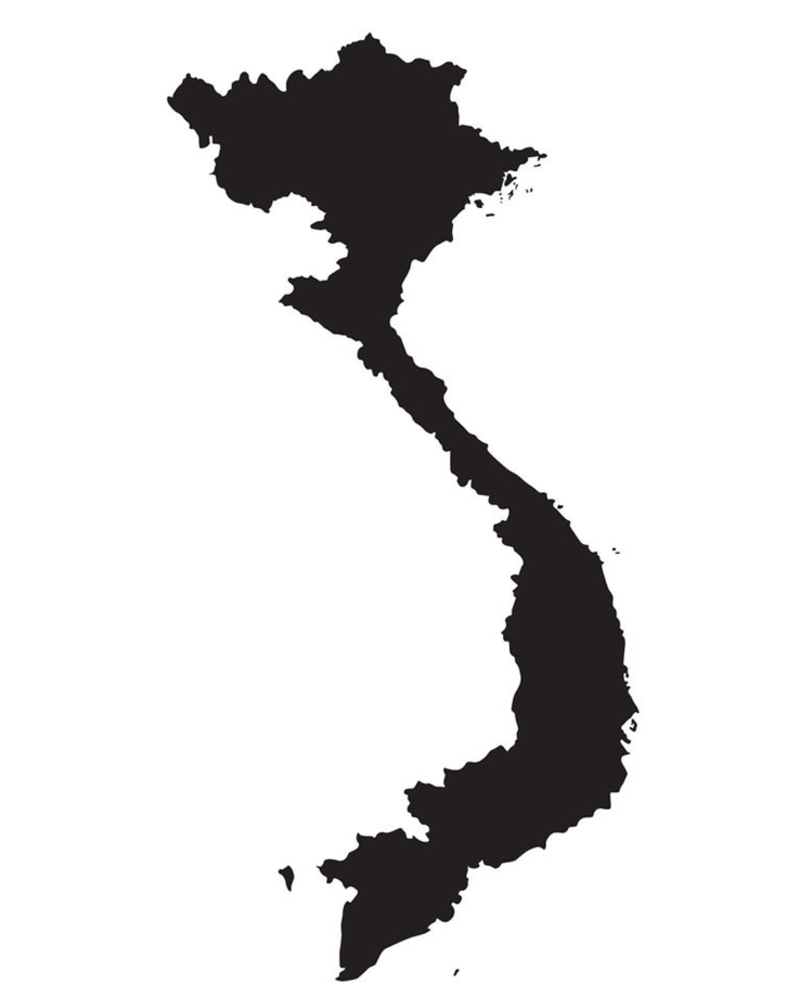In February 1962, General Paul Harkins arrived in Saigon to take charge of the American effort. The advisory group’s command relationship was altered to reflect a growing strategic interest in Vietnam on the part of Washington. Harkins assumed command as the senior U.S. officer in Vietnam, Commander United States Military Assistance Command, Vietnam (COMUSMACV), directly subordinate to the Commander-in-Chief Pacific (CINCPAC). MACV was now the headquarters of a military command, while the former assistance group, MAAG, remained, but it had become a subordinate element under Harkins’ control. [ — ]
Meanwhile, following General Taylor’s recommendations, a way was sought to maximize the efficiency of the military’s cryptologic effort. The separate missions of the ASA, the AFSS, and the marine contingent, as well as the Sabertooth training program, all required better administration and coordination. For some time, NSA had gotten by with rotating civilian overseers through Saigon on temporary duty (TDY) missions, but these simply had failed to keep NSA officials informed of what was happening. Besides that, the responsible DIRNSA representative, NSAPAC, located in Tokyo, was too far removed from Saigon to take effective action.



 Vietnam War
Vietnam War Intelligence
Intelligence Cryptology
Cryptology Marines
Marines


